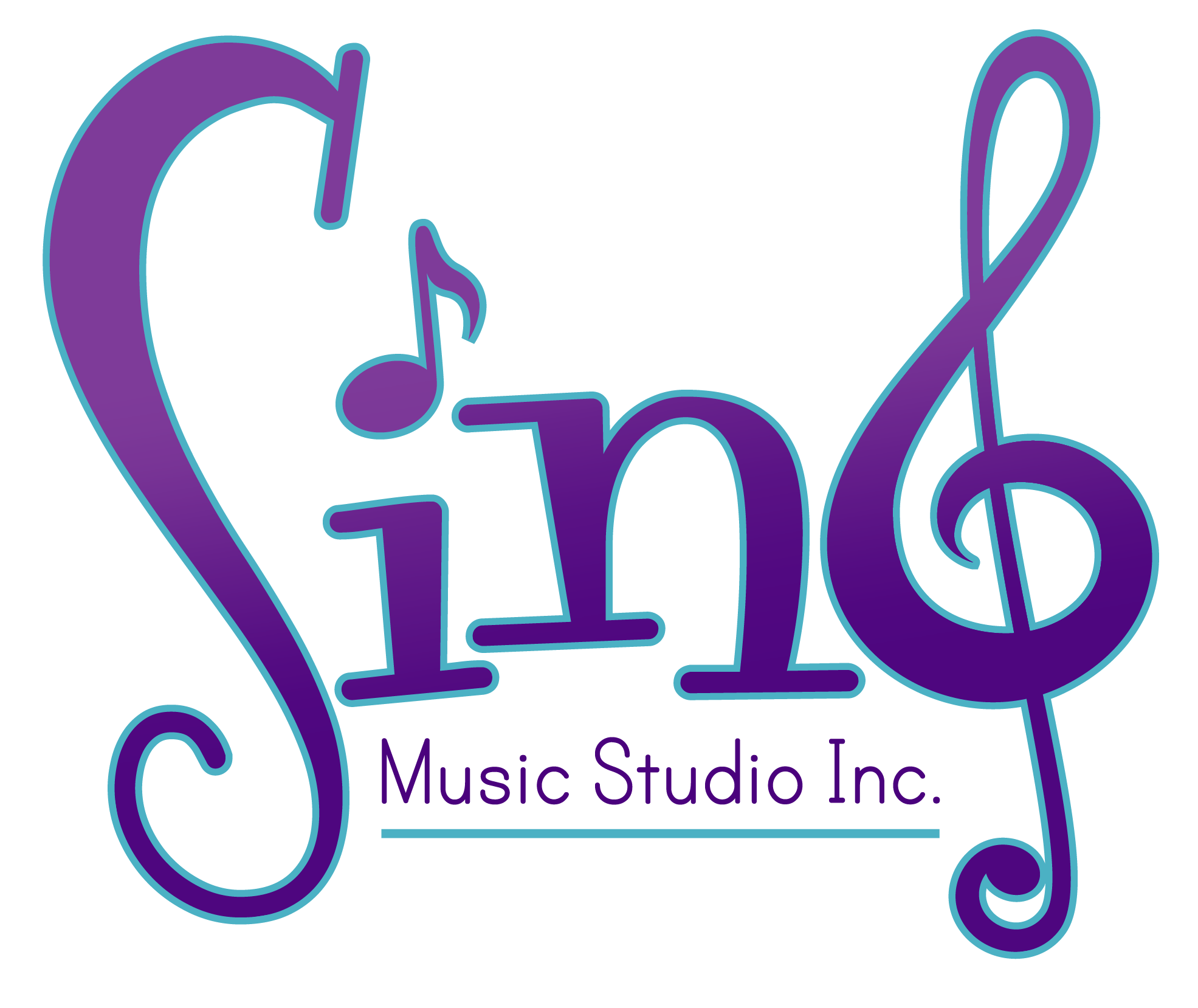The signs are all there. The glazed eyes, unwashed hair, clothes with stains of undetermined origin, and a diaper bag the size of a small country. First-time parents of a newborn certainly stand out in a crowd. As an “experienced” parent of a toddler, you can empathize with those new parents. It’s why you may let them go ahead of you in line, smile encouragingly, say a kind word in passing, or even bring them dinner. After all, you survived it and your empathy helps a new parent feel like they will, too!
Over the years, you learned how to understand another person’s feelings and to respond with care and concern. Now, as a parent, you model for your child how to do the same. Even a young toddler can begin to show empathy by offering a stuffed animal to an upset child or by giving you a hug when you seem sad. In Kindermusik, we give your child plenty of opportunities to discuss, explore, and understand a wide range of feelings and to practice kind behavior in a safe and loving environment. So each time your child experiences happiness when singing a favorite song or sees another child’s frustration when it’s “egg shakers away” time, you are supporting your little one’s development of empathy.
Everyday Connection: Feelings nothing more than feelings. Throughout the day, label your child’s feelings and the feelings of others. “I see you feel happy when you listen to your favorite song.” “It looks like you feel angry that I said you couldn’t eat a cookie for breakfast.” Recognizing your child’s emotions and giving your child the words needed to express and identify emotions helps to build empathy.

